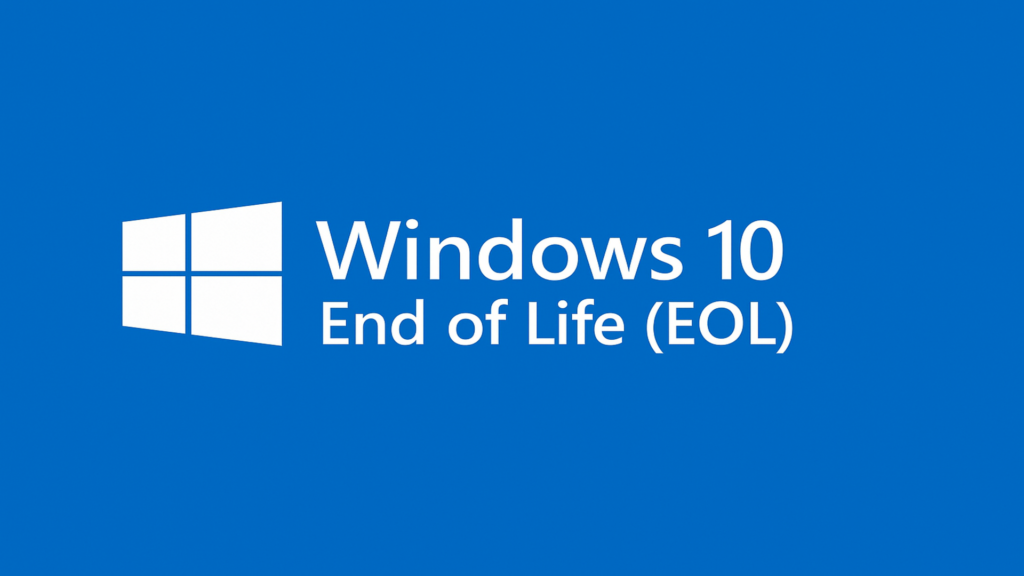
If you manage IT for a healthcare practice, you’ve probably heard the buzz: “All medical computers must be on Windows 11 by October 14, or they won’t be HIPAA compliant.”
That’s not entirely true—but it’s also not far off. Let’s clear up the confusion and explain why upgrading matters for both security and HIPAA compliance.
Windows 10 End-of-Support: The Real Deadline
Here’s the fact: Windows 10 will reach its end of support on October 14, 2025.
After that date, Microsoft will no longer provide:
- Security patches
- Bug fixes
- Technical support
Any device running Windows 10 will become increasingly vulnerable to cyberattacks. For healthcare providers handling electronic protected health information (ePHI), that’s a major compliance risk.
Why It’s a HIPAA Problem
The HIPAA Security Rule doesn’t name operating systems. But it does require that all systems handling ePHI be:
- Secure
- Updated
- Supported
If you continue using an unsupported OS, you’ll be exposing patient data to unpatchable vulnerabilities. In the event of a breach, regulators could argue that your organization failed to take “reasonable and appropriate” measures to safeguard PHI.
That’s where the compliance issue comes in.
Is Windows 11 Required by HIPAA?
No. HIPAA doesn’t specifically mandate Windows 11—or any OS.
But here’s why Windows 11 is strongly recommended:
- TPM 2.0 & Secure Boot: Hardware-level protection against advanced malware.
- Stronger Encryption: Built-in tools for data security at rest and in transit.
- Identity & Access Control: Advanced user authentication features.
- Threat Detection & Response: Improved tools for monitoring and mitigating risks.
These enhancements make Windows 11 a much stronger choice for maintaining HIPAA compliance moving forward.
What Healthcare Practices Should Do Now
- Audit Your Devices
Make a list of every workstation, laptop, and server still running Windows 10. - Check Compatibility
Not all machines can run Windows 11. Use Microsoft’s PC Health Check tool to find out. - Plan Your Upgrade Path
- Upgrade eligible devices to Windows 11.
- Replace or virtualize devices that can’t be upgraded.
- Upgrade eligible devices to Windows 11.
- Back Up Before You Move
Protect all critical data before migration. - Phase Your Rollout
Start with non-critical systems, then move to those supporting patient care. - Train Your Team
Even small changes in workflow can disrupt staff. Provide basic Windows 11 training. - Consider Extended Security Updates (ESU)
If you can’t transition everything by October 2025, Microsoft offers paid extended support—but it’s expensive and only buys you time.
The Bottom Line
Healthcare providers don’t technically have to be on Windows 11 by October 14, 2025. But you do need to be off Windows 10 (or on ESU) to avoid compliance and security risks.
Failing to upgrade could mean:
- Increased vulnerability to ransomware and cyberattacks
- Violation of HIPAA’s Security Rule
- Costly fines and damage to patient trust
The safest, smartest move? Begin your transition to Windows 11 now. Don’t wait until the deadline puts your compliance—and your patients’ data—at risk.
